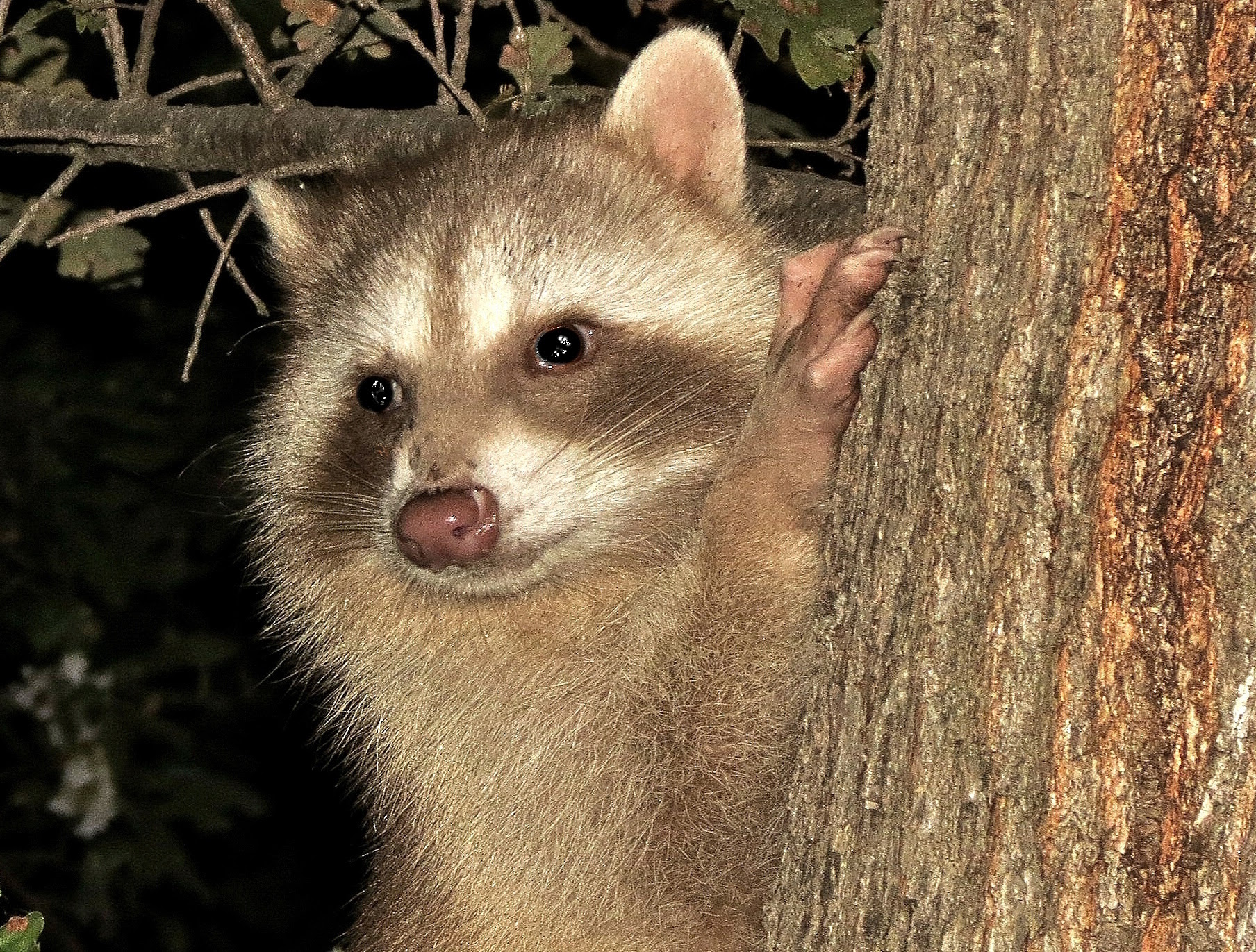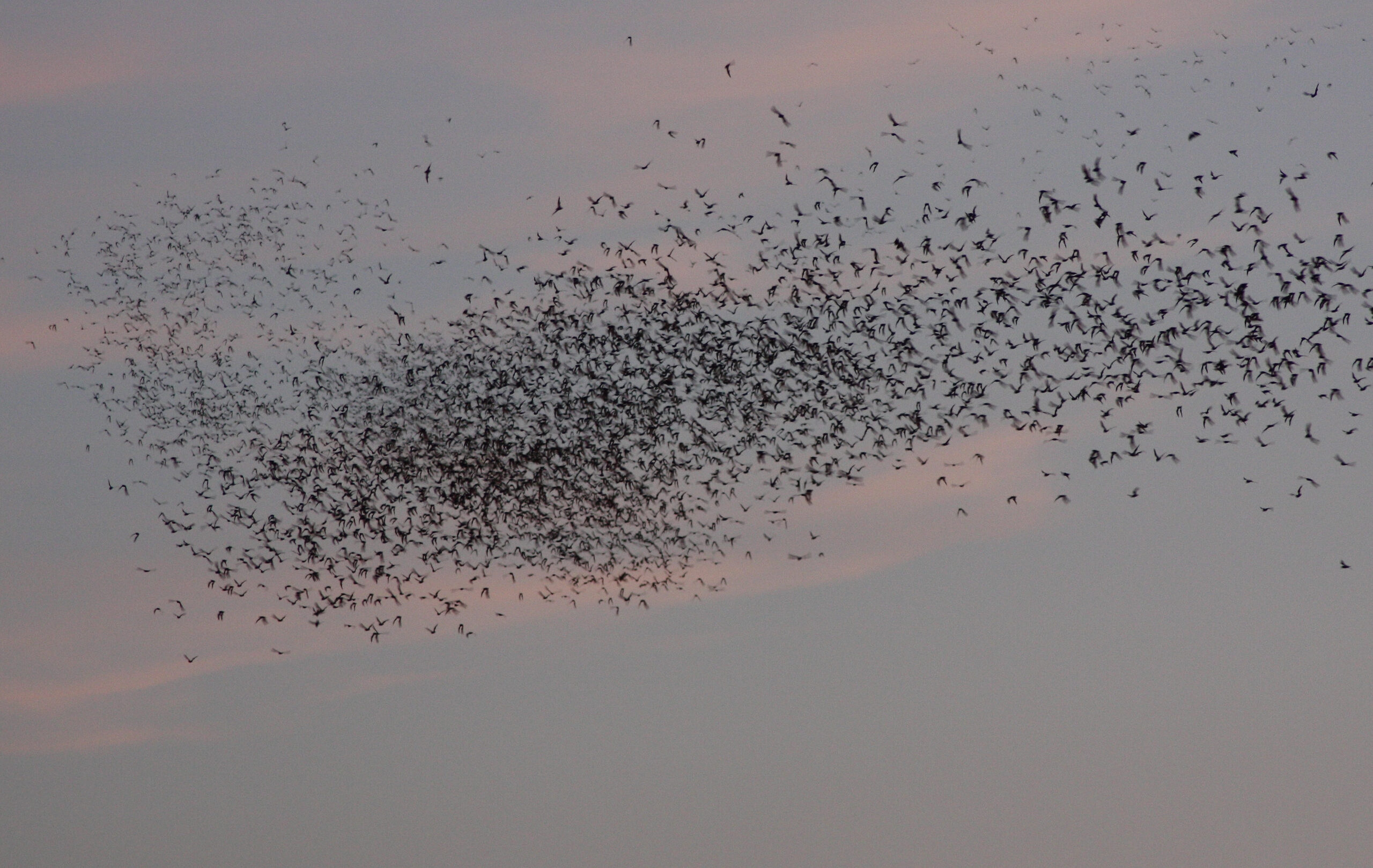Vernal pools and other transient wetlands in California are famous for their showy wildflower displays. Plants in the genus Downingia, known by the common name calicoflower or simply downingia, are some of the most beautiful wildflowers of these unique habitats. There are thirteen species in the genus. All occur in the western U.S., with California the center of downingia diversity. One species also occurs in vernal pools in Chile, another area with a Mediterranean climate (wet winters, dry summers). The genus is named after American horticulturalist A. J. Downing (1815-1852). The flatface or valley calicoflower, D. pulchella, is the focus here because it often occurs in the Yolo Bypass Wildlife Area in dense displays of colorful blooms as shallow ponds dry in the spring. This species is endemic to (i.e., only found in) California, where it is a resident of vernal pools and other wet places in the central part of the state from the Tehachapi Mountains to the San Francisco Bay area. Other calicoflowers in our area include D. bicornuta, D. insignis, and D. ornatissima. All are semi-aquatic, small, highly specialized plants either of vernal pools or vernally wet soils. As ponds begin to dry, seeds of downingia germinate. Plants grow quickly because they must flower and set seed before the soil dries completely. They often flower in seven weeks or so after seed germination. Downingia pulchellaThe flowers of D. pulchella and other downingia species are bilaterally symmetrical, i.e., there are mirror images on either side of a midline. The flowers have two divergent upper lobes, which are typically some shade of bright blue or purple, and a lower lip composed of three fused petals. The lower lip, which is nearly flat, is partially colored like the upper lobes but it has a central white region, two yellow triangular areas, and three deep purple spots. The bright colors create an attractive landing pad for pollinating insects, which probe for nectar inside the throat of the flower. But there is much more to these flowers. Surprisingly, the two upper lobes were originally the bottom of the flower and the lower lip was the top; as the flower developed, the “stalk” of the flower twisted 180°, so the orientation of the flower flipped. But the flower stalk is not really a stalk at all. It is the ovary of the flower, which eventually will develop into a seed-containing capsule up to three inches long. The flower is actually stalkless. Then there is the remarkable transformation of the flowers. The flowers are male before they are female. Initially, there is a hollow cylinder of fused stamens (the pollen-producing structures), which release their pollen into the hollow center of the cylinder. The style (the stalk of the female part of the flower) grows up through the cylinder. At this time, the stigma, the pollen-receptive part of the style, is not yet mature and fits tightly in the cavity created by the fused stamens. As the growth of the style continues in an upward direction within the cylinder, it acts like a plunger, creating pressure. If a certain bee visits the flower, it pushes against two small but conspicuous bristles at the tip of the fused anthers, opening the structure and bombarding the bee with pollen. This process can be repeated. Finally, all the pollen is pushed out by the brush-like, unopened stigmatic lobes at the top of the style, which has now reached the tip of the cylinder. The stigma then matures and opens, revealing sticky surfaces of its two lobes, which can receive pollen that will fertilize eggs (eventually the embryos in seeds). Usually, this will be pollen carried by the bees from other flowers, resulting in outcrossing. The flower can, but generally will not, pollinate itself, because its own pollen was released and pushed out of the way before the flower was ready to be pollinated (Wood, C. 1961. J. Arnold Arboretum 42:219-262). The noticeable color variation in the flowers of D. pulchella suggests genetic variation associated with outcrossing. Flowers range from bright blue, violet-blue, purple, pink, or even white (in these flowers anthocyanins (blue and violet pigments) are lacking, due to two recessive genes).  Downingia pulchella, male phase. Downingia pulchella, female phase.Like many other vernal pool flowers (e.g., yellow carpet, meadowfoam, and goldfields), downingia are pollinated by native, solitary, ground-nesting bees in the family Andrenidae. These bees use the pollen of certain flowers and only those flowers, to feed their young. As they collect pollen to provide for their brood, they cross-pollinate the flowers. Species of Downingia have one or more native specialist bees that collect pollen only from them. The life cycle of these bees is closely synchronized with that of their pollen host flowers. While generalist and non-native bees, and other insects, like flies of the families Bombyliidae and Syrphidae, and pollen-feeding beetles of the families Dasytidae and Dermestidae, also visit downingia and may potentially pollinate them, successful seed set may depend on specific native bees.Panurginus atriceps, called a mining bee because it builds its nest in the ground, is the putative host-specific pollinator of D. pulchella. However, this taxon may represent a species complex, and further taxonomic work is required for accurate identification of these bees (Thorp, R., and Leong, J. 1998. Proc. Calif. Native Plant Society, 1996 Conference). Females of this bee collect pollen from outcrossing species that have a short anther tube, like D. pulchella. The life cycle of the bee is closely tuned to that of its host plant’s bloom period. The female bees construct nests in the soil of nearby upland areas, not the pond bottom, surrounding vernal wetlands. The nest architecture consists of a vertical shaft penetrating the soil for a few inches before becoming a lateral tunnel ending in a single brood chamber. When the brood chamber construction is complete, the female bee forages for pollen on her preferred host flowers. Then pollen and a little nectar are rolled into a ball into the chamber. After she lays a single egg on top of the pollen ball, she constructs a plug closing off the entrance to the chamber. Additional brood chambers are dug at the bottom of the vertical shaft like spokes of a wheel. After a few weeks, the egg hatches and the larva feeds on the pollen and nectar. The larva rests in its chamber for the remainder of the summer. In the fall, the larva pupates and undergoes metamorphosis to become an adult. The adult stays in the brood chamber until the following spring, when it emerges at or just before D. pulchella starts to bloom.A highly specialized insect sharing a co-dependent existence with a remarkably intricate plant in a unique habitat on a biologically rich part of the planet. Wow! |
  |
| Photo credits: White downingia: Charlie Russell; all others, Mike Davis |




